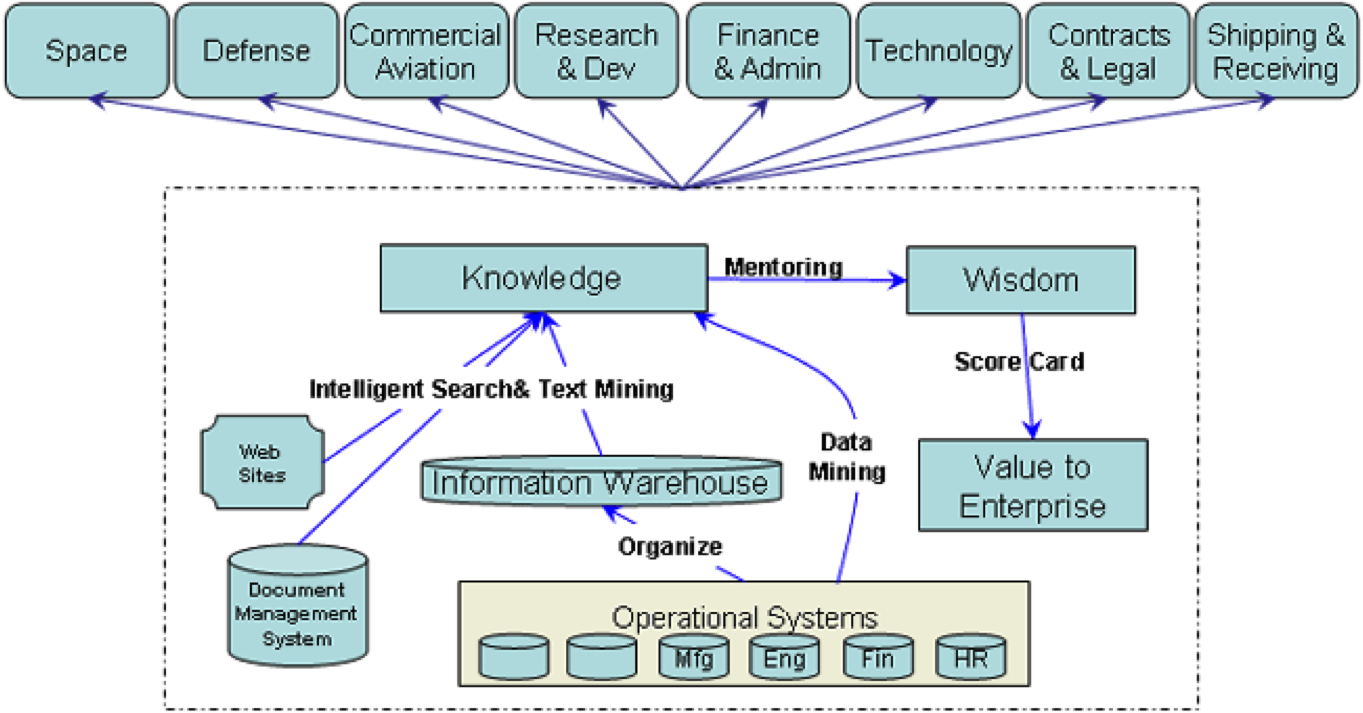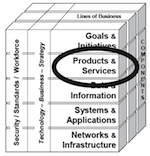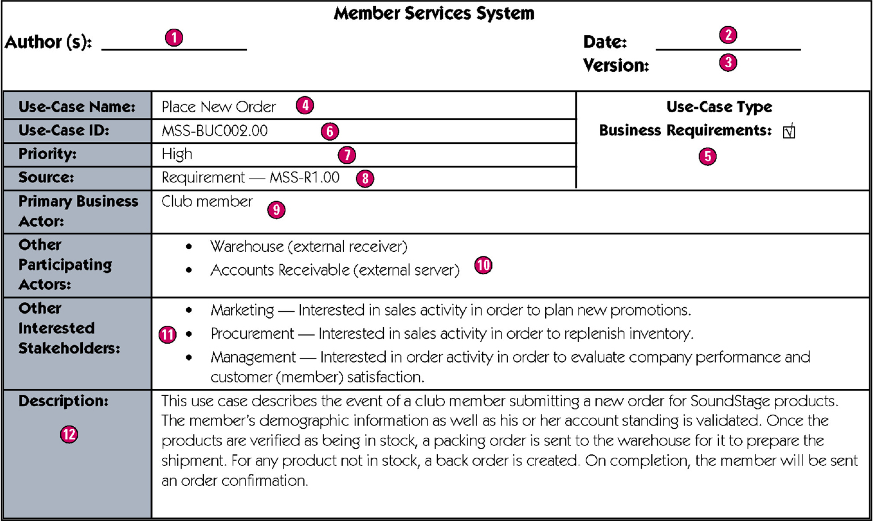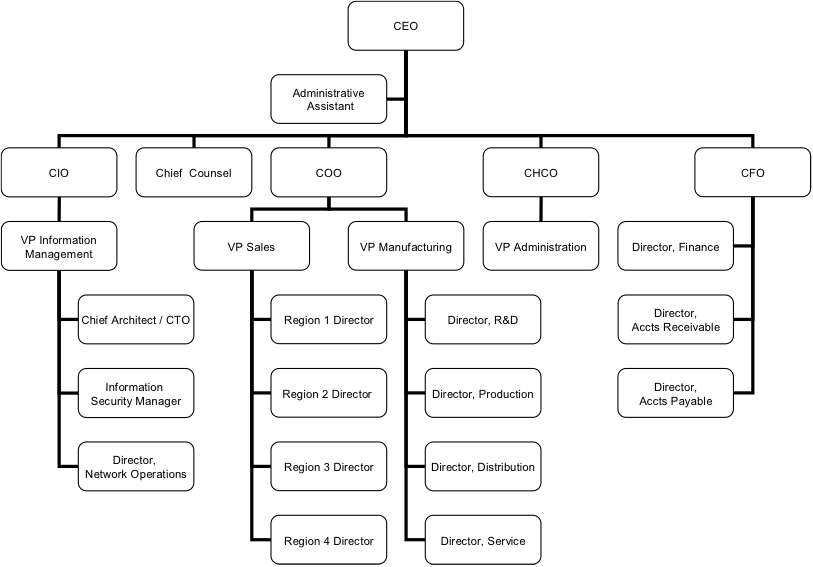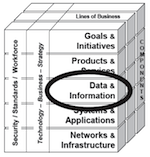
EA3 artifact D-2: The Knowledge Management Plan
The Knowledge Management (KM) Plan provides a detailed description of how knowledge, information, and data are shared across the enterprise. The KM Plan includes descriptions and diagrams of information sharing between systems, applications, knowledge warehouses, and databases. The KM Plan includes:
- The approach to managing data, information, knowledge across the enterprise
- How data and information-sharing support the Business Plan
- Data and information-sharing strategies and diagrams for each line of business
- Data/information sharing strategies w/ external partners & customers
- Which types of data in the enterprise require extra protection
- The lifecycle for data and information that is key to the success of the enterprise (data creation, sharing, updating, storage, retrieval, and deletion)
- A high-level Concept of Operations graphic to depict the KM strategy
A KM plan involves a survey of corporate goals and a close examination of the tools, both traditional and technical, that are required for addressing the needs of the company. The challenge is to select or build software that fits the context of the overall plan and encourage employees to share information.
A KM plan should focus on enabling and improving LOB workflows and processes that involve information exchanges.
The KM plan should support EA standards for business process reengineering, improvement, and management.
| This major process… |
Includes these activities…. |
| Gathering |
• Data entry
• OCR and scanning
• Voice input
• Pulling information from various sources
• Searching for information to include
|
| Organizing |
• Cataloging
• Indexing
• Filtering
• Linking
|
| Refining |
• Contextualizing
• Collaborating
• Compacting
• Projecting
• Mining
|
| Disseminating |
• Flow
• Sharing
• Alert
• Push
|
